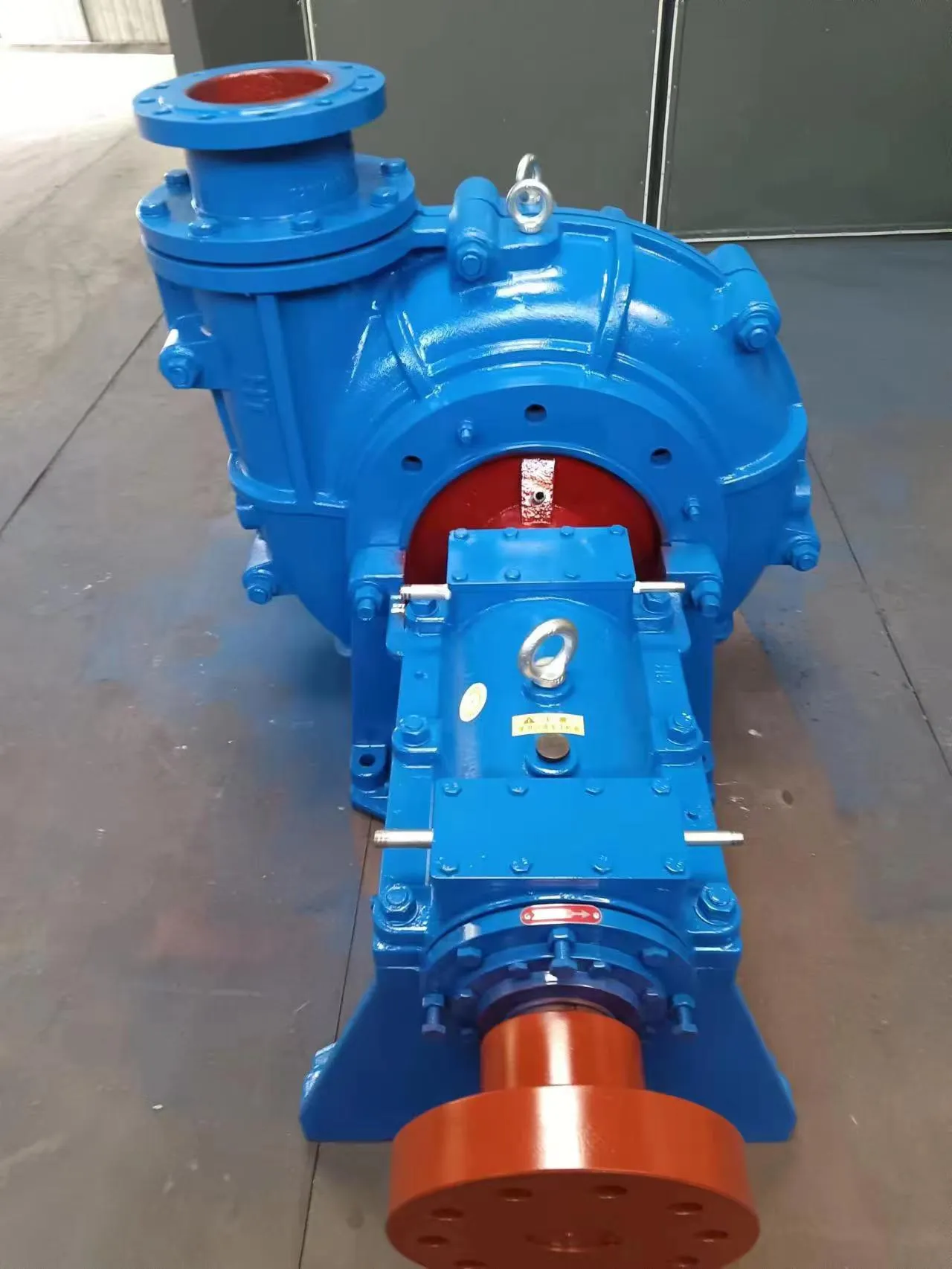Khmer
- Afrikaans
- Albanian
- Amharic
- Arabic
- Armenian
- Azerbaijani
- Basque
- Belarusian
- Bengali
- Bosnian
- Bulgarian
- Catalan
- Cebuano
- Corsican
- Croatian
- Czech
- Danish
- Dutch
- English
- Esperanto
- Estonian
- Finnish
- French
- Frisian
- Galician
- Georgian
- German
- Greek
- Gujarati
- Haitian Creole
- hausa
- hawaiian
- Hebrew
- Hindi
- Miao
- Hungarian
- Icelandic
- igbo
- Indonesian
- irish
- Italian
- Japanese
- Javanese
- Kannada
- kazakh
- Khmer
- Rwandese
- Korean
- Kurdish
- Kyrgyz
- Lao
- Latin
- Latvian
- Lithuanian
- Luxembourgish
- Macedonian
- Malgashi
- Malay
- Malayalam
- Maltese
- Maori
- Marathi
- Mongolian
- Myanmar
- Nepali
- Norwegian
- Norwegian
- Occitan
- Pashto
- Persian
- Polish
- Portuguese
- Punjabi
- Romanian
- Russian
- Samoan
- Scottish Gaelic
- Serbian
- Sesotho
- Shona
- Sindhi
- Sinhala
- Slovak
- Slovenian
- Somali
- Spanish
- Sundanese
- Swahili
- Swedish
- Tagalog
- Tajik
- Tamil
- Tatar
- Telugu
- Thai
- Turkish
- Turkmen
- Ukrainian
- Urdu
- Uighur
- Uzbek
- Vietnamese
- Welsh
- Bantu
- Yiddish
- Yoruba
- Zulu
Telephone: +86 13120555503
Email: frank@cypump.com
ធ្នូ . 10, 2024 10:22 Back to list
Optimizing Performance and Efficiency of Slurry Pumps in Industrial Applications
Understanding Slurry Pumps Essential Equipment in Industrial Applications
Slurry pumps play a vital role in numerous industrial applications where the transportation of thick, viscous mixtures of solids and liquids is required. These pumps are specifically designed to handle slurry—a mixture of solid particles suspended in a liquid. As industries ranging from mining and mineral processing to wastewater management rely heavily on the efficient handling of slurries, understanding the functionality and features of slurry pumps becomes essential for operational success.
Characteristics of Slurry
Slurry can consist of various materials, including aggregates, minerals, and other particulate substances mixed with water or another liquid. The properties of slurry can vary greatly depending on factors such as the concentration of solids, viscosity, pH levels, and the nature of the solids themselves. Because of these varying conditions, slurry pumps are engineered to accommodate the unique challenges posed by transporting such materials. They must not only manage the physical characteristics of the slurry but also ensure reliability under challenging conditions.
Design and Construction of Slurry Pumps
Slurry pumps are designed with specific features that make them capable of handling abrasive and corrosive materials. Typically constructed from robust materials such as cast iron, stainless steel, or rubber, these pumps are built to withstand wear and tear over time, prolonging their lifespan and reducing maintenance costs.
One of the key design features of slurry pumps is their larger diameter impellers, which facilitate the movement of viscous and particle-laden fluids. Additionally, many slurry pumps utilize a cantilevered design, which eliminates the need for submerged bearings and minimizes the risk of clogging. The pump's casing is also specially designed to minimize turbulence, allowing for a smooth and efficient flow of material.
Types of Slurry Pumps
There are primarily two types of slurry pumps centrifugal slurry pumps and positive displacement slurry pumps.
slurry pump

1. Centrifugal Slurry Pumps These are the most commonly used type and work by converting rotational energy from a motor to kinetic energy through a rotating impeller. The centrifugal force created propels the slurry through the pump and into the discharge pipeline. They are ideal for handling low to medium slurry concentrations and are widely utilized in industries such as mining, aggregate, and chemical processing.
2. Positive Displacement Slurry Pumps These pumps work by trapping a fixed amount of slurry and forcing it through the discharge pipe. They are suitable for high-viscosity slurries and can handle a wide range of solid sizes. Due to their ability to maintain a steady flow regardless of changes in pressure, they are often used in applications like sludge transfer and dredging.
Key Applications
Slurry pumps are used in various industries, each with unique requirements. In mining, they transport ore slurries from the processing plant to tailings disposal facilities. In construction, they manage cement slurries and other mixtures in foundation work. The oil and gas industry use slurry pumps for well-drilling operations, transporting drilling mud to the surface. Moreover, in wastewater treatment plants, they help handle sewage slurries, ensuring efficient disposal and treatment of waste materials.
Challenges and Considerations
While slurry pumps are highly effective, they do face operational challenges. The abrasive nature of the materials can lead to wear on the pump components, necessitating regular maintenance and monitoring. Additionally, selecting the right pump for a specific application is crucial to ensure optimal performance. Factors such as flow rate, slurry density, and particle size should be taken into consideration to avoid issues like clogging or pump failure.
Conclusion
In conclusion, slurry pumps are indispensable tools across many sectors, facilitating the movement of challenging materials that other pumps may not handle efficiently. As industries continue to evolve and face new challenges, the design and technology surrounding slurry pumps will also advance, promising improved efficiency, durability, and reliability. Understanding the intricacies of slurry pumps and their applications will equip professionals with the knowledge necessary to optimize their operational processes and tackle the demands of modern industry head-on.
-
ISG Series Vertical Pipeline Pump - Chi Yuan Pumps Co., LTD.|High Efficiency, Low Noise, Durable
NewsAug.02,2025
-
ISG Series Vertical Pipeline Pump - Chi Yuan Pumps | High Efficiency, Low Noise
NewsAug.02,2025
-
ISG Series Vertical Pipeline Pump- Chi Yuan Pumps Co., LTD.|High Efficiency&Compact Design
NewsAug.02,2025
-
Heavy-Duty Mining Sludge Pumps - Wear-Resistant Slurry Handling
NewsAug.02,2025
-
Horizontal Split Case Pump with GPT-4 Turbo | High Efficiency
NewsAug.01,2025
-
ISG Series Pipeline Pump - Chi Yuan Pumps | High Efficiency, Durable Design
NewsAug.01,2025










